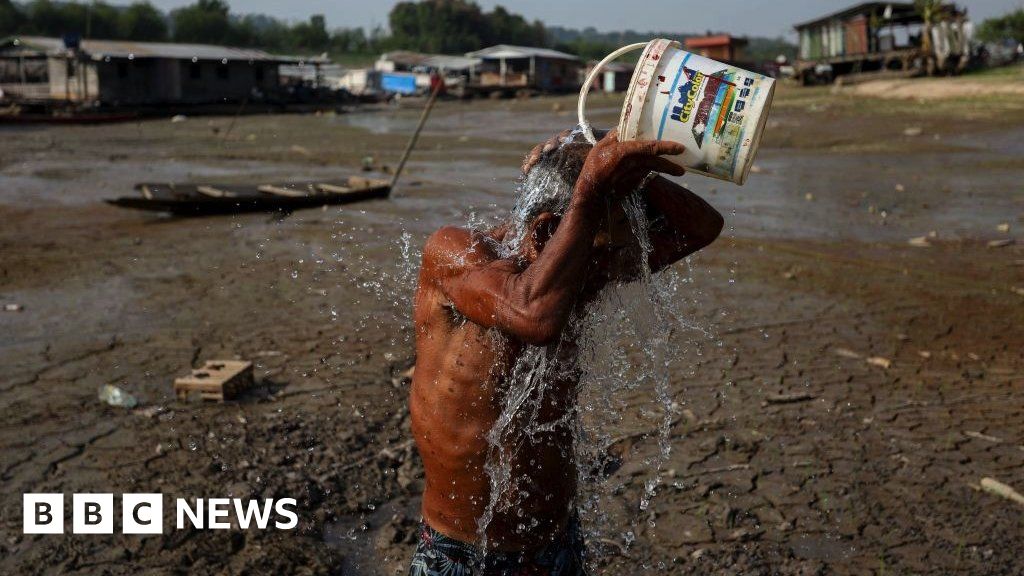may only have happened around once every 1,500 years, the study suggests. Climate change has made a drought of this severity around 30 times more likely, according to the researchers, and one is now expected to happen every 50 years under current conditions.
If we continue burning oil, gas and coal, very soon, we’ll reach 2C of warming and we’ll see similar Amazon droughts about once every 13 years,"
My house isn’t really built to withstand once every millenium events now happening every decade.
It was really cold for like 3 or 4 weeks this year and had a bit of snow for 2 weeks. And i already know people going: hah, see no climate change. Yeah sure, i used to go to school by skies almost the whole winter 30 years ago
I’ve been saying things like this for almost the past 10 years. Remembering what things were like prior to that.
“Do you remember when we started getting forest fires this time of year every year?”
“Do you remember we used to get enough snow to have it stick around for weeks and build snow people?”
This is the best summary I could come up with:
In October, the Rio Negro - one of the world’s largest rivers - reached its lowest recorded level near Manaus in Brazil, surpassing marks going back over 100 years.
One trigger for these dry conditions is El Niño - a natural weather system where sea surface temperatures increase in the East Pacific Ocean.
In a world where humans hadn’t heated up the planet by around 1.2C, such an intense ‘agricultural drought’ - where a lack of rainfall and high evaporation dry out the soils - may only have happened around once every 1,500 years, the study suggests.
“If we continue burning oil, gas and coal, very soon, we’ll reach 2C of warming and we’ll see similar Amazon droughts about once every 13 years,” says Dr Friederike Otto, a senior lecturer in climate science at Imperial College London.
“I don’t think that [tipping point] is what we are seeing [yet], at least in all but the driest part of the Amazon forest,” says Yadvinder Malhi, a professor of ecosystem science at the University of Oxford, who was not involved in the latest study.
The rate of deforestation fell in 2023 compared with the year before, according to the Brazilian space agency, with President Luiz Inácio Lula da Silva pledging to halt it completely by 2030.
The original article contains 889 words, the summary contains 214 words. Saved 76%. I’m a bot and I’m open source!



